|
I've written about the EVScope and Electronically Assisted Astronomy (EAA) quite frequently in these pages. I was skeptical at first - partly because my EVScope had a technical problem - and only came around slowly. Only last night did I become an enthusiastic supporter. I stepped out on a warm, breezy night with the EVScope in its backpack. Transparency and seeing were both around average; there was no Moon. When I reached our nearby park, I set up in all of 30 seconds. I decided that my first target would be the Eagle Nebula, which I've never glimpsed through a regular telescope. The galactic core was lost in light pollution over the National Mall - the sky seemed closer to white than black - so I wasn't optimistic. And yet! When the EVScope found its target - in just a few moments - and started gathering light, a multitude of stars snapped into view, and then the nebula. After a couple minutes, light pollution started to cloud the view - I haven't tried to tinker with the settings that could help me resolve that issue, not yet - so I stopped the exposure after eight minutes or so. I was left with this: In the dark, on my phone, it looked spectacular. Look! There are the pillars of creation - star-making factories so memorably imaged by the Hubble Space Telescope - somehow visible from downtown Washington, DC, just nine or so minutes after setting up in an urban park. This image does it for me - I like my nebulae ghostly and ethereal - but with a little image processing, even more detail pops out (see the picture at the beginning of this post). Now it was on to the Trifid Nebula nearby, it too lost in downtown pollution. Not for long! Again, I'd never seen it with a regular telescope, yet again, it didn't take long to pop into view through the EVScope. This image I like a little less; the unprocessed version doesn't quite bring out the blue. Still, getting this detail so easily in the middle of a city feels nothing short of miraculous. Then it was off to the Ring Nebula which, of course, never fails to impress - albeit in very different ways through an optical versus an EAA telescope. Whether because of a software update or an unusually transparent sky - I suspect the former - I was, for the first time, able to see the white dwarf at the heart of the nebula. Seeing that would require an enormous regular telescope - too big for my car - and a very dark sky. Imagine my wonder at glimpsing the dead star from the city: our Sun's future, six or seven billion years from now. I didn't have much time left, but I wanted to see how far I could reach. I turned to NGC 5907, a galaxy marginally larger than our own, around 54 million light years distant. I could only take a short exposure - I really did have to leave - but there: an edge-on spiral galaxy that I would never have been able to observe even with my TEC 140. The light in this picture left its source not only after the dinosaurs went extinct. What a thought!
I packed up just as quickly as I set up, and then a pleasant walk home with my backpack. It is simply remarkable to see so much so easily. I've often seen the EVScope's hardware discussed and praised, yet what really stands out to me is the software. If only other mounts, carrying regular telescopes, were so easy to use.
0 Comments
|
Archives
March 2024
Categories
All
|


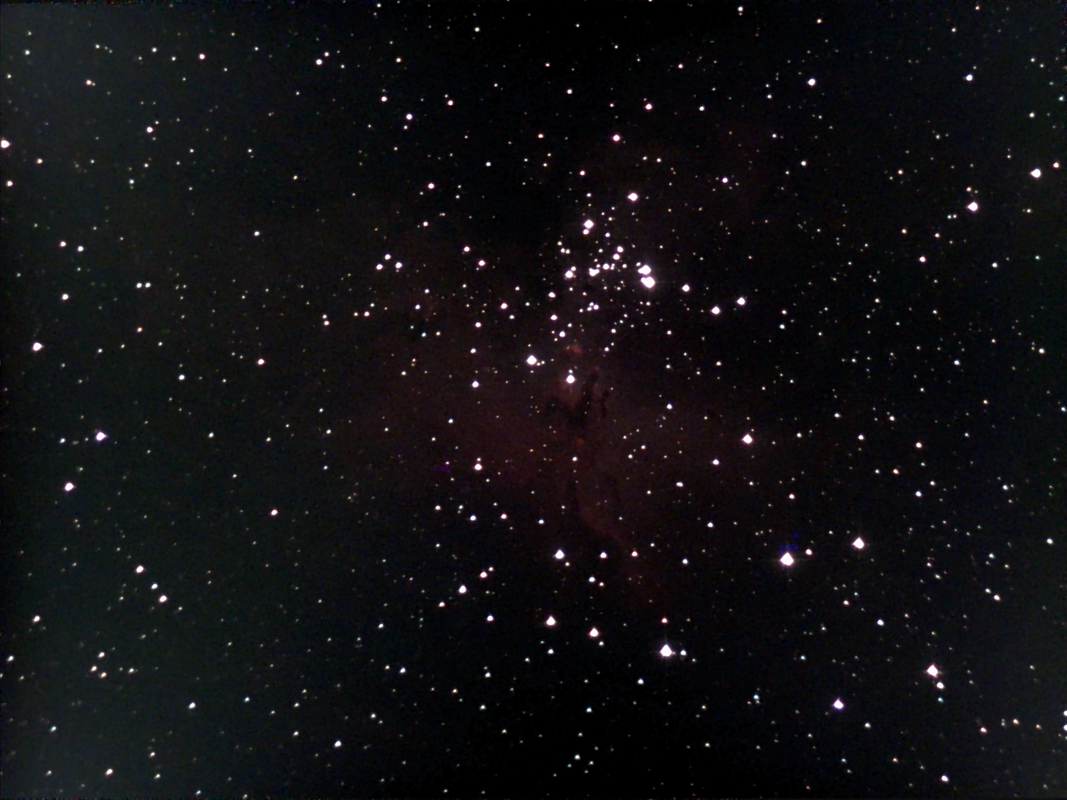
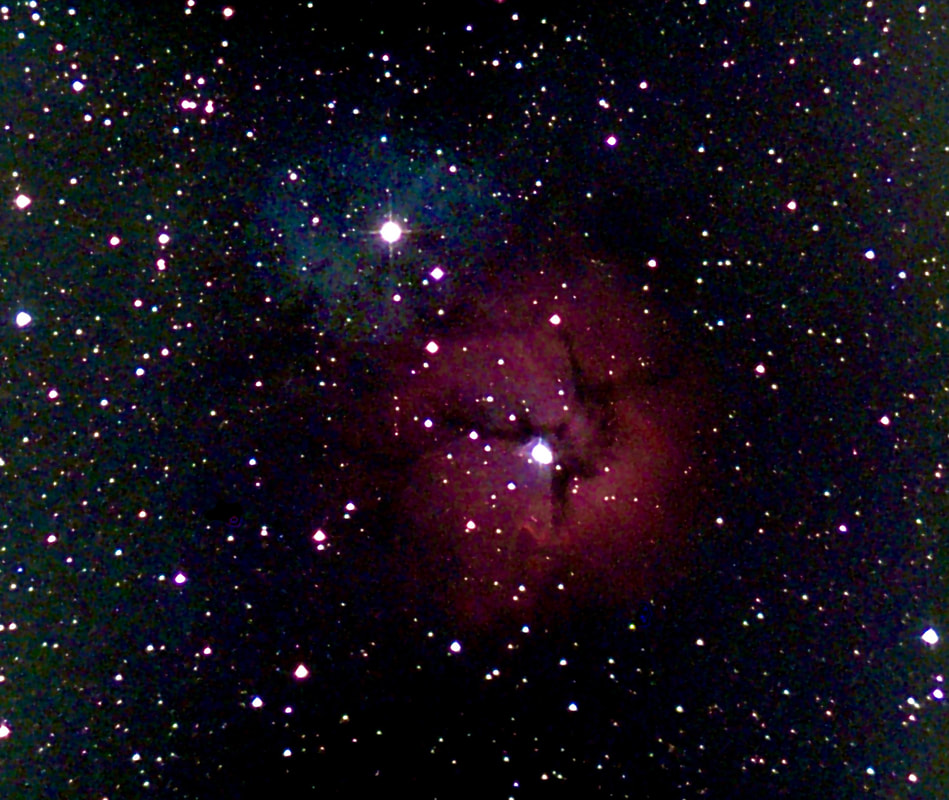
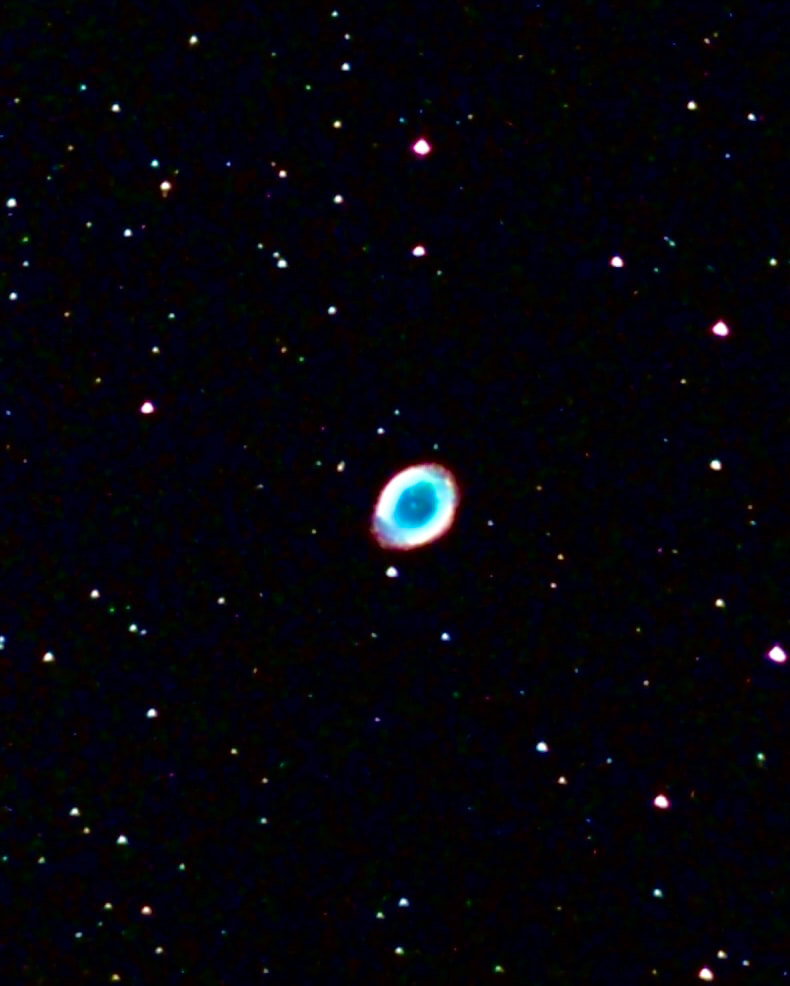
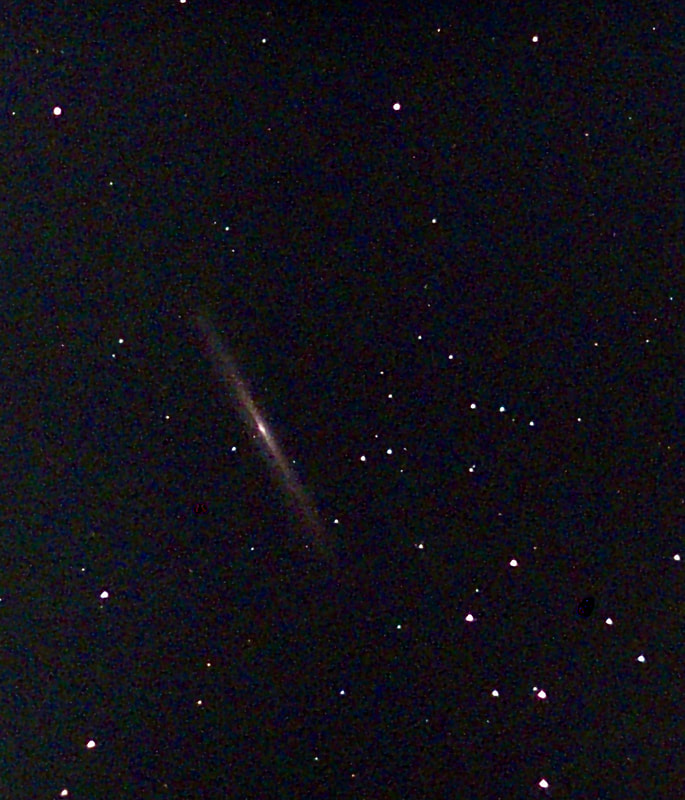

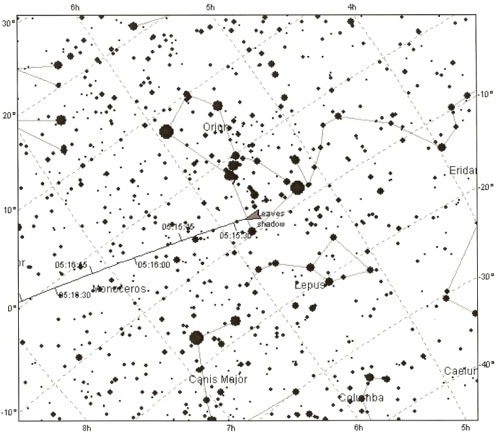
 RSS Feed
RSS Feed